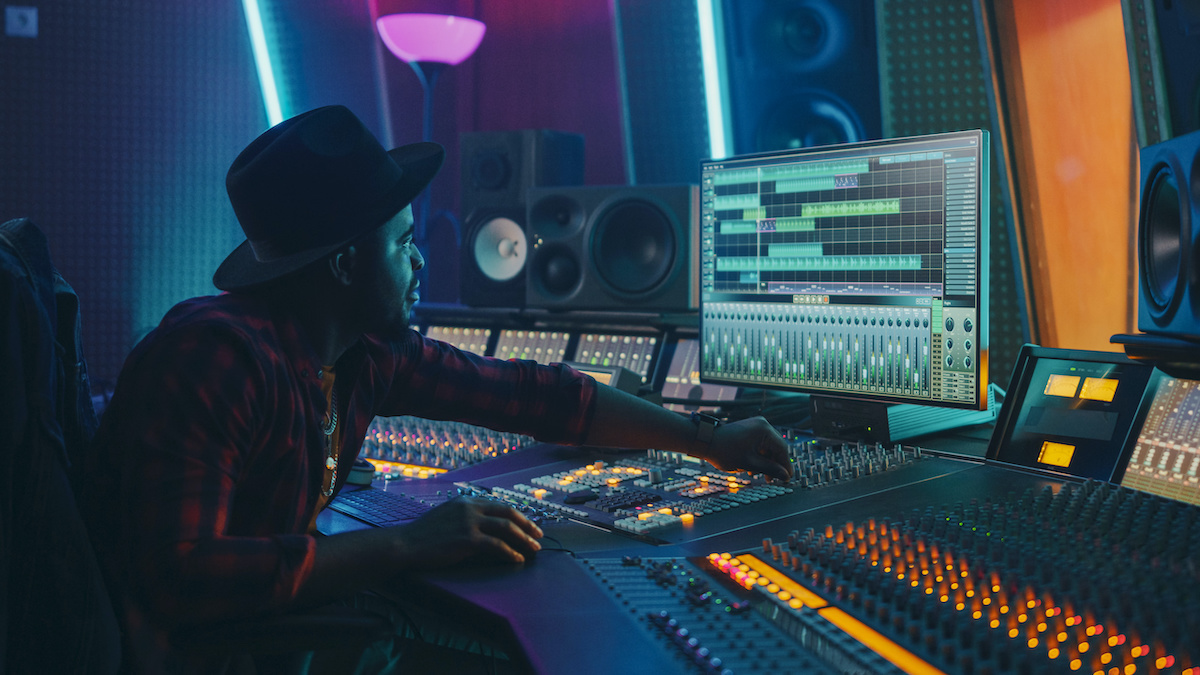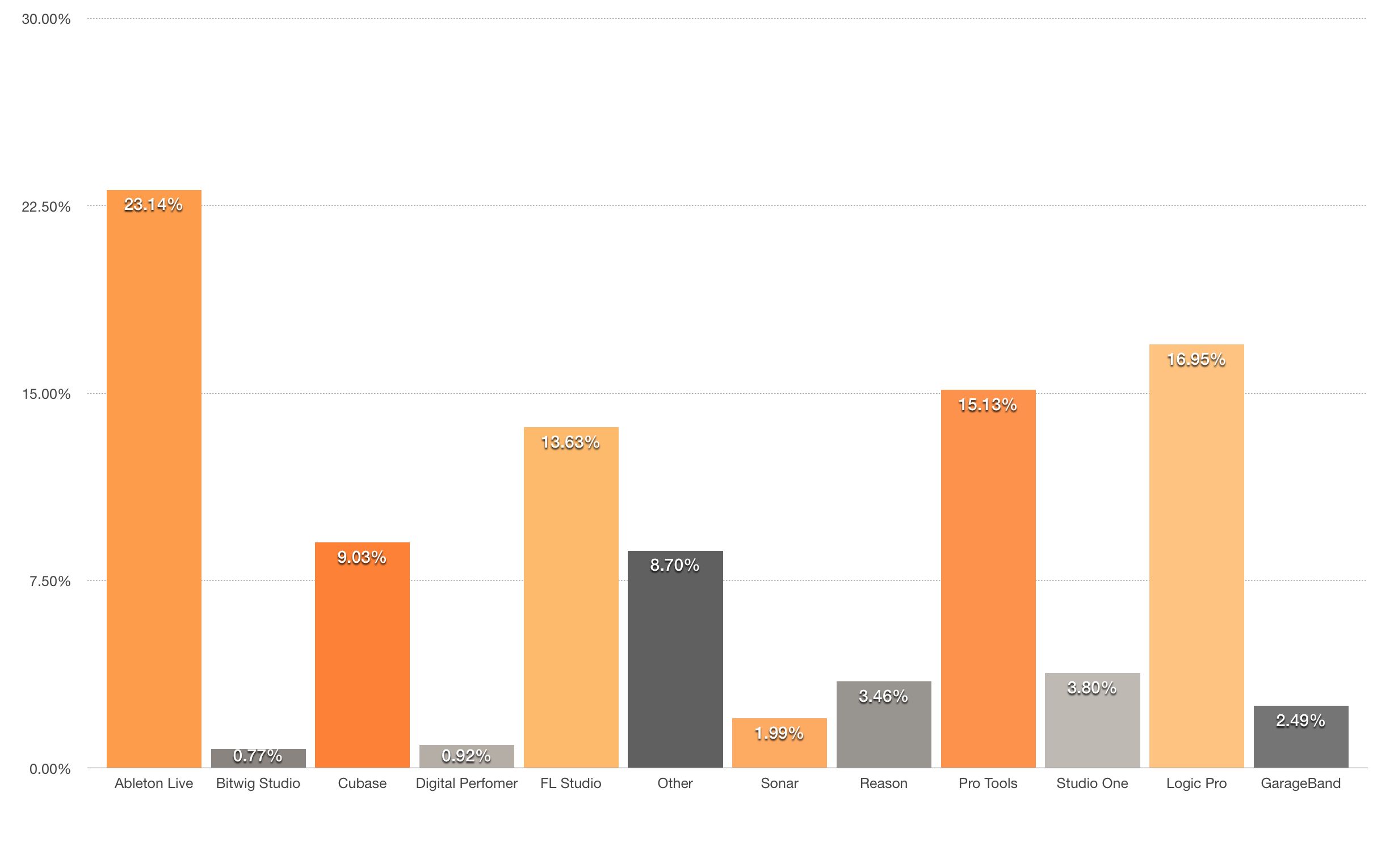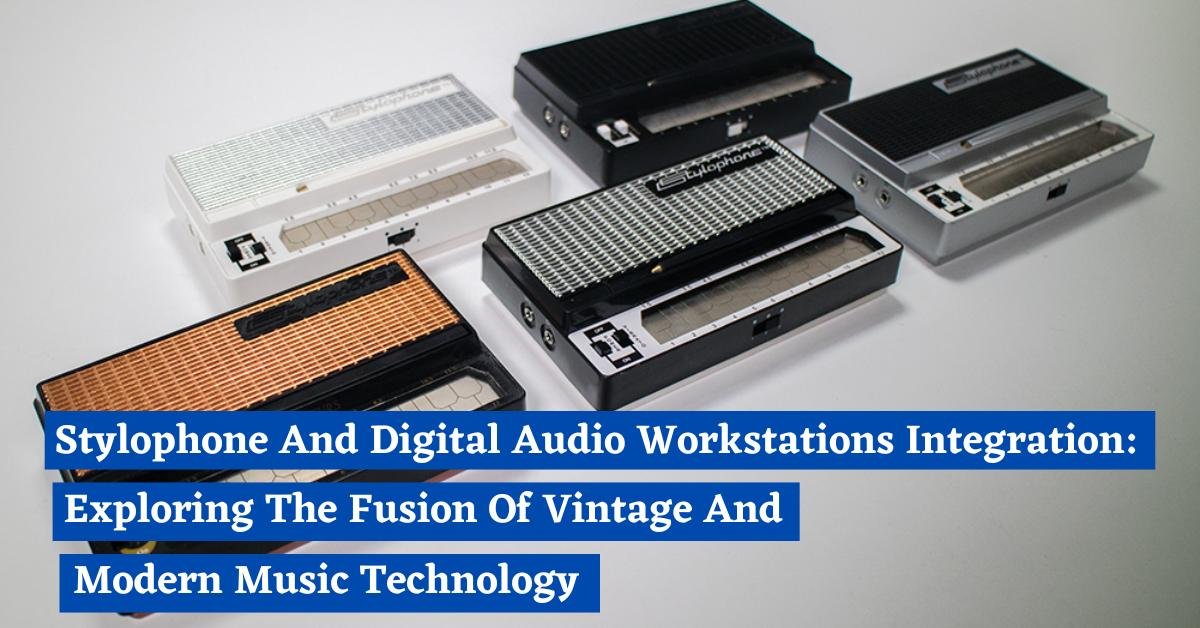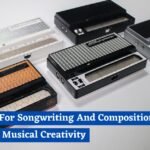Explore the exciting integration of the iconic Stylophone and modern Digital Audio Workstations (DAWs). Unleash your creativity by combining the vintage charm of the Stylophone with the limitless possibilities offered by DAWs for innovative music production.
Understanding the Stylophone
The Stylophone is a small electronic keyboard instrument invented by Brian Jarvis in 1967. Its unique design consists of a metal keyboard and a stylus that is used to make contact with the keys, creating sound. Initially marketed as a toy, the Stylophone captured the attention of musicians due to its distinctive, lo-fi sound. It has been used in countless recordings, most notably in David Bowie’s “Space Oddity.” Today, there are various models of the Stylophone available, including the original pocket-sized version and newer iterations with enhanced features.

The Rise of Digital Audio Workstations (DAWs)
Digital Audio Workstations have revolutionized music production by providing a comprehensive set of tools for recording, editing, and mixing music. DAWs like Ableton Live, Logic Pro, and Pro Tools have become industry standards, offering a wide range of virtual instruments, effects, and advanced processing capabilities. Musicians and producers rely on DAWs to create professional-quality recordings in the comfort of their own homes or studios.
Bridging the Gap: Integrating the Stylophone with DAWs:
- MIDI Connectivity: One of the primary methods for integrating the Stylophone with DAWs is through MIDI connectivity. By connecting the Stylophone to a MIDI interface or a MIDI-enabled DAW, the instrument’s performance can be recorded directly into the DAW as MIDI data. This allows for further editing, sound manipulation, and integration with other virtual instruments and plugins.
- Sampling and Sound Design: The unique character of the Stylophone’s sound can be harnessed by sampling its individual notes and phrases. With the help of a sampler or software instrument within the DAW, these samples can be manipulated, layered, and incorporated into compositions, adding a vintage touch to modern productions. This approach opens up a world of creative possibilities, combining the nostalgia of the Stylophone with the versatility of DAWs.
- Effects and Processing: DAWs offer a wide range of effects and processing tools that can be used to enhance the Stylophone’s sound. From classic analog emulations to modern digital effects, these tools can be applied to the Stylophone recordings, adding depth, texture, and spatial effects. With the flexibility of DAWs, musicians and producers can experiment with different effects and create unique sonic landscapes.
What can you do with a Digital Audio Workstation?
A Digital Audio Workstation (DAW) is a powerful software application that allows you to record, edit, arrange, and mix audio. With a DAW, you can create professional-quality music productions in the comfort of your own home or studio. These versatile platforms provide a wide range of features and tools, including multi-track recording, MIDI sequencing, virtual instruments, effects processing, automation, and more. Whether you’re a musician, producer, or sound engineer, a DAW offers the flexibility and control needed to bring your musical ideas to life.

What is a Digital Audio Workstation and how do I use one?
A Digital Audio Workstation (DAW) is a software application designed for music production, editing, and mixing. It serves as a comprehensive platform that combines various tools and features to facilitate the creation of professional audio recordings.
To use a DAW, you typically need a computer or laptop, an audio interface to connect your instruments or microphones, and a set of speakers or headphones for monitoring. Once you have your setup ready, you can use the DAW’s interface to record audio, import MIDI data, arrange and edit your tracks, apply effects and processing, and mix down your final composition.
Which DAW is most commonly used?
There are several popular Digital Audio Workstations (DAWs) available in the market, each with its own strengths and user base. However, one of the most commonly used DAWs is Ableton Live. Ableton Live has gained immense popularity among electronic music producers and live performers due to its intuitive interface, powerful performance capabilities, and flexible workflow.

It offers a unique session view for live performances and a traditional arrangement view for linear composition. Other widely used DAWs include Logic Pro (for macOS users), Pro Tools (popular in professional studios), and FL Studio (known for its user-friendly interface and electronic music production capabilities). Ultimately, the choice of DAW depends on individual preferences, workflow, and specific music production needs.
Which DAW Is The Best? (Surprising Answer from Pro Audio Engineer)
FAQs
Can I use the Stylophone as a standalone instrument without a DAW?
Yes, the Stylophone can be played and enjoyed as a standalone instrument without the need for a DAW. However, integrating it with a DAW unlocks additional creative possibilities and allows for seamless integration with other virtual instruments and effects.
Do I need a specific model of the Stylophone to integrate it with a DAW?
Most modern Stylophone models come equipped with a MIDI output, making them compatible with DAW integration. However, older models may require additional hardware, such as a MIDI interface, to establish the connection.
Can I use the Stylophone to control other software synthesizers within the DAW?
Yes, by connecting the Stylophone to a MIDI-enabled DAW, you can use it to control other software synthesizers and virtual instruments. By assigning the Stylophone’s MIDI output to control parameters like pitch, modulation, or filter cutoff, you can create expressive performances and manipulate the sound of software instruments in real-time.
Conclusion
The integration of the Stylophone, a vintage instrument, with modern Digital Audio Workstations offers a unique fusion of old and new in music production. Through MIDI connectivity, sampling, sound design, and effects processing, musicians and producers can harness the distinctive sound of the Stylophone within the expansive capabilities of DAWs.
The integration not only preserves the nostalgia and character of the Stylophone but also unlocks new creative avenues and endless possibilities for unique soundscapes. Whether in the studio or on the stage, the integration of the Stylophone and DAWs opens up a world of sonic exploration and pushes the boundaries of music production. So, embrace the fusion of vintage and modern technology, and let your creativity soar with the enchanting partnership of the Stylophone and Digital Audio Workstations.



[…] Stylophone offers several therapeutic benefits when incorporated into music therapy sessions. Its ease of use […]